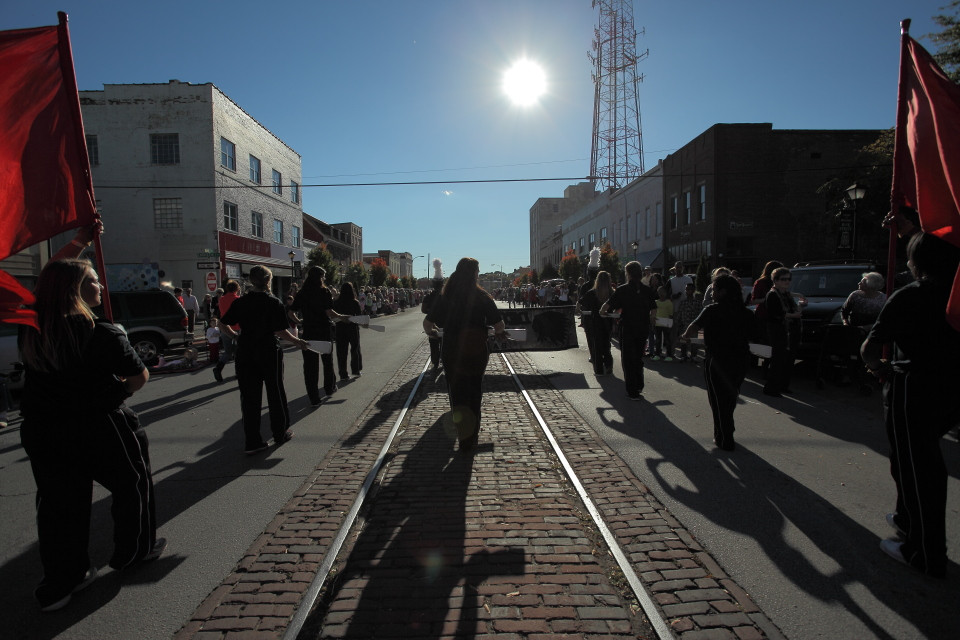There are two concerns, one is your eyes, and one is your camera.
The only safe answer for your eyes is you need a filter to look through the (optical) viewfinder of a camera at the sun. Now most photographers using wide angle lenses have certainly had the sun in view when shooting and nothing bad happened. As your lens gets more wide, the impact of the sun is diminished. There is some point where it goes from "really harmful" to "minor damage" to "mostly no damage", but knowing where that occurs is more speculation than practical. Further, serious damage can be done without pain (conversely at times bright lights are painful but do no damage). Also bear in mind most such "I've done it before" shots were brief happenstance - with the partial you will almost certainly do it for longer and more than once. Bottom line: Don't look through the optical viewfinder at the sun without a solar filter on the FRONT of the lens. Never the back.
The sensor is a more interesting problem. If you have a live-view camera, any kind of video or electronic viewfinder, the shutter is open while you are viewing. That makes it safe for your eyes (you are only looking at an LCD), but very dangerous for your sensor, since it is exposed the whole time. Think magnifying glass burning wood. Such sustained exposure is absolutely a bad idea, no caveats there, if you care for the camera.
On the other hand, with a SLR or DSLR used in conventional mode, at very high shutter speed, there is negligible danger to your sensor since it will be open only for a small fraction of a second. HOWEVER, that energy has to go somewhere when the shutter is closed. It is being reflected partly up to the viewfinder, and partly is going THROUGH the mirror onto the AF/AE sensors. So while your sensor may be safe, other parts of the camera can be fried from heat or UV. And you're back to the same problem: with a wide enough lens, and brief use (e.g. long enough to point in the general direction and fire, as opposed to sitting on a tripod pointing all the time), probably no damage will be done. After all, again MANY shots have the sun in them. But the longer the exposure, the longer the lens, and the less durable the camera the more likely you will get damage. The only safe way to avoid damage is to just not do that -- get a filter on the front. Plus there's going to be the temptation to frame by looking through the viewfinder. Don't.
The reason I go through a long discussion is that I am hearing more and more people say "I get the sun in my shot all the time so I know it's OK". Then, they or others may take that as permission to set up a tripod and get a time lapsed shot of the sun as it goes across the sky -- and find they are burning a path through the interior of their camera. Or will find eye damage when they stare at it a while to frame their shots.
Remember your youth, when you or someone burned wood (or worse) with a magnifying glass. A focused image of the sun is not safe for materials or people, even if in some circumstances nothing bad happens. Solar film is cheap if you must photograph the partial (or full) sun.
Finally as mentioned elsewhere, generally speaking the sun will be too bright without the filter to have any meaningful appearance i a shot, even with mostly occluded it is too bright since while total light falls off, the light from the part you see is exactly the same and too bright to image (without a filter). A more interesting with high percentage partial eclipse is to use light passing through leaves and such, as the speckles on the ground take on the shape of the occluded sun.




